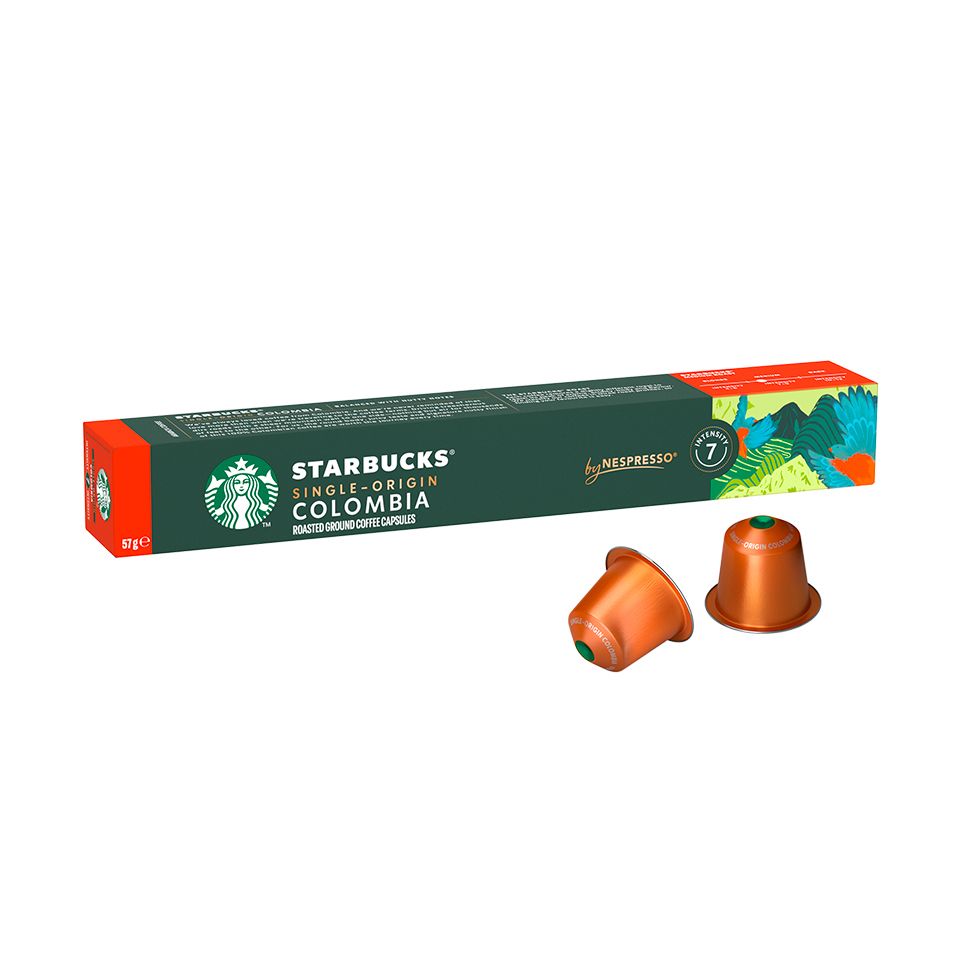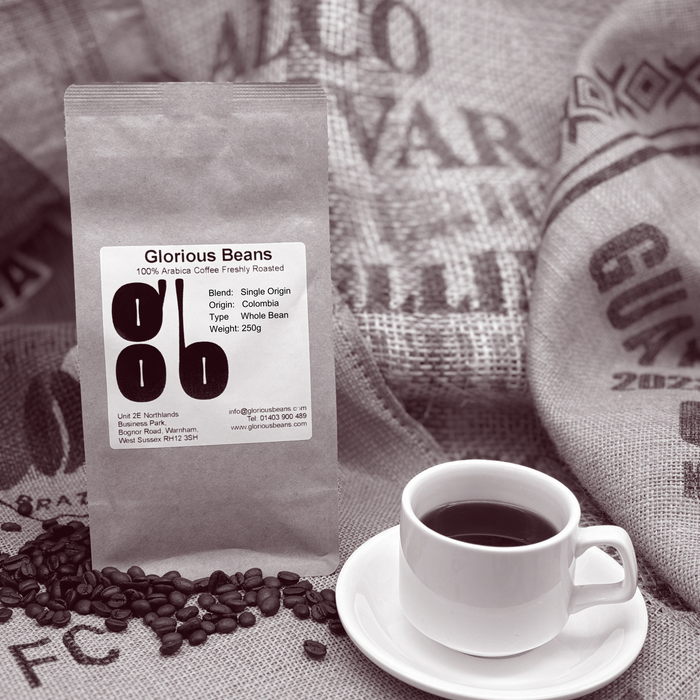SOE Single Origin Espresso – The Ideal Choice for Espresso Lovers
SOE Single Origin Espresso – The Ideal Choice for Espresso Lovers
Blog Article
Understanding Coffee Beans: the Journey From Coffee to Blended Coffee Beans

The Origins of Coffee: An International Point Of View
While you might believe of coffee as a modern staple, its origins map back centuries, linking with societies across the world. The story begins in Ethiopia, where tale says a goat herder called Kaldi discovered the stimulating results of coffee beans after discovering his goats romping vigorously after eating them.
As profession paths broadened, coffee made its means to Europe in the 17th century, promptly obtaining appeal. Each society included its one-of-a-kind spin to coffee prep work, improving its background.
Growing and Harvesting of Coffee Beans
As coffee's journey developed, the focus shifted to the cultivation and harvesting of particular bean varieties, especially those used for espresso. You'll find that espresso beans frequently come from Arabica or Robusta plants, each offering distinct tastes. The ideal growing problems consist of high elevations and rich, well-drained soil, which enhance the beans' quality.
Throughout the harvest, selecting techniques differ. In some regions, workers hand-pick ripe cherries, ensuring only the very best fruit mosts likely to processing. In other locations, mechanical farmers are utilized, especially on bigger ranches. Timing is essential; you intend to gather when the cherries reach peak ripeness for optimum taste.
As soon as collected, the beans are gotten ready for processing, which is vital in identifying their final taste. Recognizing the growing and gathering procedures provides you understanding into what enters into your preferred coffee, improving your gratitude for each and every cup.
Handling Techniques: From Cherry to Bean
Since you've found out regarding collecting espresso beans, allow's explore just how those cherries transform into the coffee beans you enjoy. You'll see exactly how various harvesting methods influence taste, followed by the essential actions of fermentation and drying out. Finally, we'll damage down the milling and grading procedure that determines your coffee's high quality.
Gathering Techniques Described
When it comes to coffee, recognizing harvesting techniques is important, because they directly impact the flavor and high quality of the beans you take pleasure in. Discerning selecting includes hand-picking just ripe cherries, ensuring you obtain the best top quality beans. Eventually, the option of gathering technique can greatly influence your coffee experience, so it's worth recognizing just how those beans made it to your mug.
Fermentation and Drying
After harvesting, the next action in handling coffee beans play a considerable function fit their taste. You'll locate that fermentation is crucial, as it aids break down the mucilage surrounding the beans, enhancing their taste account. Relying on the technique, this process can last from a few hours to numerous days, with differing outcomes based upon temperature and moisture.
Sun-drying enables the beans to absorb flavors from the atmosphere, while mechanical drying out guarantees consistent wetness degrees no matter of weather condition. Correct drying is vital to stop mold and mildew and preserve the beans' high quality, inevitably influencing your mug of coffee.
Milling and Grading Refine
As fermentation and drying set the phase for flavor development, the milling and grading procedure warranties that only the best coffee beans make it to your cup. This stage involves getting rid of the external layers of the coffee cherry, consisting of the parchment and husk. High-grade beans receive a greater grade, resulting in a richer coffee experience.
Toasting Strategies: Unlocking Flavor Prospective
When you roast coffee beans, the approach you pick can considerably influence the taste profile. Comprehending the relationship in between time, temperature level, and roasting methods is essential to exposing the potential of your mixture. Let's explore exactly how these components come together to develop the best cup.
Toasting Techniques Described
While you might think that all coffee roasting techniques yield the same results, the reality is that each strategy reveals unique flavor potentials in the beans. Drum toasting utilizes a turning drum to evenly disperse heat, boosting caramelization and generating a well balanced flavor. Air roasting, on the various other hand, distributes warm air around the beans, promoting a lighter roast with obvious acidity.

Influence on Flavor Account
Various roasting techniques not just influence the process yet also substantially affect the flavor account of the coffee beans. When you choose a light roast, you'll experience bright level of acidity and flower notes, showcasing the bean's beginning. On the other hand, a medium roast equilibriums level of acidity with sweet taste, commonly disclosing chocolatey undertones. Dark roasts, on the other hand, draw out vibrant, smoky flavors, occasionally covering up the bean's unique attributes. Each strategy reveals different oils and compounds, causing a vast array of tastes. By try out various roasting styles, you can discover which profiles resonate with your palate. Understanding these nuances helps you appreciate the creativity behind your cup of coffee, improving your general experience with every sip.
Time and Temperature Level Variables
To launch the full flavor potential of coffee beans, both time and temperature throughout the toasting process play significant roles. When toasting, you'll discover that higher temperatures can promptly create flavors, but if you rush link it, you could finish up with scorched notes. On the other hand, lower temperatures enable an extra progressive taste advancement, showcasing the beans' unique characteristics.

Timing is equally as vital; prolonging the roast too long can cause a loss of acidity and illumination, while too brief a roast might leave the beans underdeveloped. Discovering that sweet area calls for method and experimentation. By changing these factors, you can expose the abundant, complex tastes hidden within each bean, producing an absolutely amazing coffee experience.
The Art of Mixing: Crafting Distinct Coffee Accounts

Begin by picking a base coffee that gives a strong structure. An intense Ethiopian bean can bring fruitiness, while an abundant Brazilian coffee includes body.
As you mix, remember that each mix narrates. You're not simply making coffee; you're producing an experience. So, take your time, preference regularly, and appreciate the trip of uncovering your trademark mix.
Developing Approaches: How Prep Work Affects Flavor
Blending coffee opens up a Read Full Article domain of flavor possibilities, but exactly how you make that mix can significantly affect your final mug. Various brewing approaches remove distinct tastes and fragrances, so it's crucial to select sensibly. A French press allows oils and debris to stay, creating a rich, full-bodied experience. On the various other hand, a pour-over highlights the coffee's clearness and illumination, best for showcasing delicate notes.
Coffee, with its high stress, creates a concentrated shot that emphasizes sweet taste and crema. If you like a lighter brew, take into consideration a cool brew technique; it produces a smooth, much less acidic preference.
Ultimately, trial and error is key. Readjusting variables like water temperature, grind dimension, and brew time can transform your coffee's account. So, accept the art of developing to discover the tastes concealed in your coffee blends. The right technique can elevate your experience to new elevations.
The Future of Coffee: Sustainability and Innovation
As the coffee market develops, sustainability and technology are becoming necessary for dealing with ecological challenges and conference consumer needs. You'll see that more coffee business are embracing eco-friendly methods, from sourcing beans ethically to carrying out sustainable farming strategies. These shifts not only assist the earth but likewise improve the top quality of the coffee you enjoy.
You might see technologies like biodegradable packaging and water-saving developing approaches that reduce waste. Advanced innovation, such as blockchain, is also ending up being preferred, making certain openness in the supply chain, which permits you to map your coffee back to its beginnings.
Additionally, purchasing regional areas and sustaining farmers with reasonable trade efforts promotes a more sustainable coffee community. As you sip your next cup, bear in mind that your selections can add to a brighter future for coffee. By deciding for lasting brand names, you're not simply taking pleasure in a drink; you're making a positive impact on the world.
Regularly Asked Inquiries
What Is the Difference In Between Arabica and Robusta Beans?
Arabica beans are smoother, sweeter, and have a higher acidity, while robusta beans are more powerful, a lot more bitter, and include even more caffeine. You'll notice these distinctions in taste and aroma when brewing your coffee.
Just How Does Elevation Affect Coffee Bean Taste?
Altitude influences coffee bean flavor substantially. Higher altitudes create beans with brighter acidity and complicated tastes, while lower elevations usually generate beans that are larger and less nuanced. You'll see these differences in your mug!
What Are the Health Conveniences of Drinking Coffee?
Consuming coffee can boost your power, improve mental emphasis, and even boost physical performance. It's rich in anti-oxidants, may reduce the threat of specific conditions, and can promote a much healthier metabolic process when eaten in moderation.
Can Coffee Beans Be Recycled for Brewing?
Yes, you can recycle coffee beans for brewing, however the taste might be weak. If you delight go to this web-site in trying out, attempt reusing them in different means, like cold brews or including to shakes for an extra kick.
Exactly how Should I Shop Coffee Beans for Quality?
To keep your coffee beans fresh, save them in an impermeable container in an awesome, dark location. Stay clear of revealing them to heat, light, or wetness, as these factors can quickly deteriorate their flavor and scent.
Recognizing Coffee Beans: the Trip From Coffee to Blended Coffee Beans.
Currently that you have actually found out about harvesting espresso beans, let's check out exactly how those cherries change right into the coffee beans you enjoy.When you roast coffee beans, the method you choose can drastically influence the taste account - Single Origin Espresso.While you may believe that all coffee toasting techniques produce the exact same outcomes, the reality is that each method exposes distinct flavor capacities in the beans.Various toasting methods not only affect the procedure but also significantly affect the flavor profile of the coffee beans
Report this page